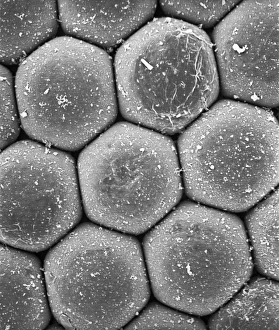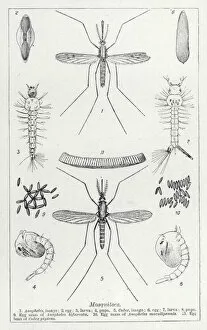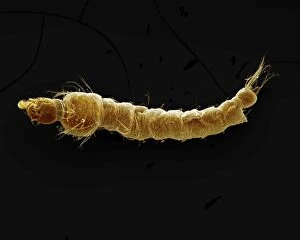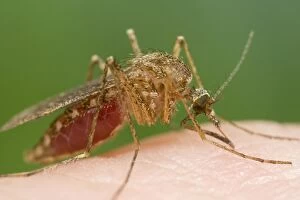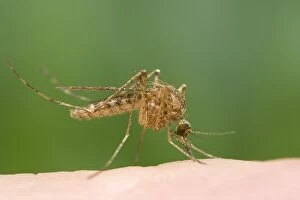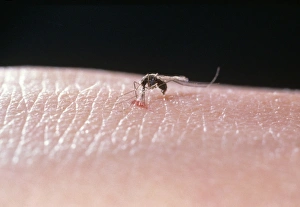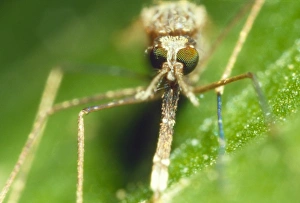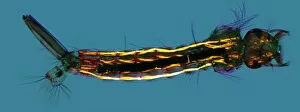Anopheles Collection
Anopheles gambiae, commonly known as the mosquito, is a species that belongs to the Anopheles genus
All Professionally Made to Order for Quick Shipping
Anopheles gambiae, commonly known as the mosquito, is a species that belongs to the Anopheles genus. This particular mosquito species is notorious for being a carrier of malaria, a life-threatening disease caused by a parasitic protozoa. The litho image titled "Mosquitoes" showcases various mosquitoes including Anopheles gambiae. The Curtis British Entomology Plate 210 provides detailed illustrations of these insects in their natural habitat. Picture No. 11014620 captures the distinct features of an adult female Anopheles mosquito. With its long proboscis and slender body, it seeks out human hosts to feed on their blood - an essential step in its reproductive cycle. In Picture No. 11014622, we see another close-up view of this insect's anatomy, highlighting its intricate wings and segmented legs designed for flight and mobility. However, it is crucial to note that while these images showcase the beauty of nature's creations, they also serve as reminders of the dangers associated with mosquitoes like Anopheles gambiae. Picture No. 11014621 depicts an enlarged spleen - a typical symptom seen in patients suffering from malaria. Malaria transmission occurs when infected female mosquitoes bite humans and inject Plasmodium parasites into their bloodstream. Pictures No. 10741909, No. 10741907, No. 10741906, and No. 10741908 further emphasize the importance of understanding these disease-carrying insects' life cycle to combat malaria effectively. Lastly, Picture No. 10866012 serves as a reminder that prevention is key when dealing with diseases like malaria; individuals living in high-risk areas should take necessary precautions such as using bed nets treated with insecticides or taking antimalarial medication if advised by healthcare professionals.

